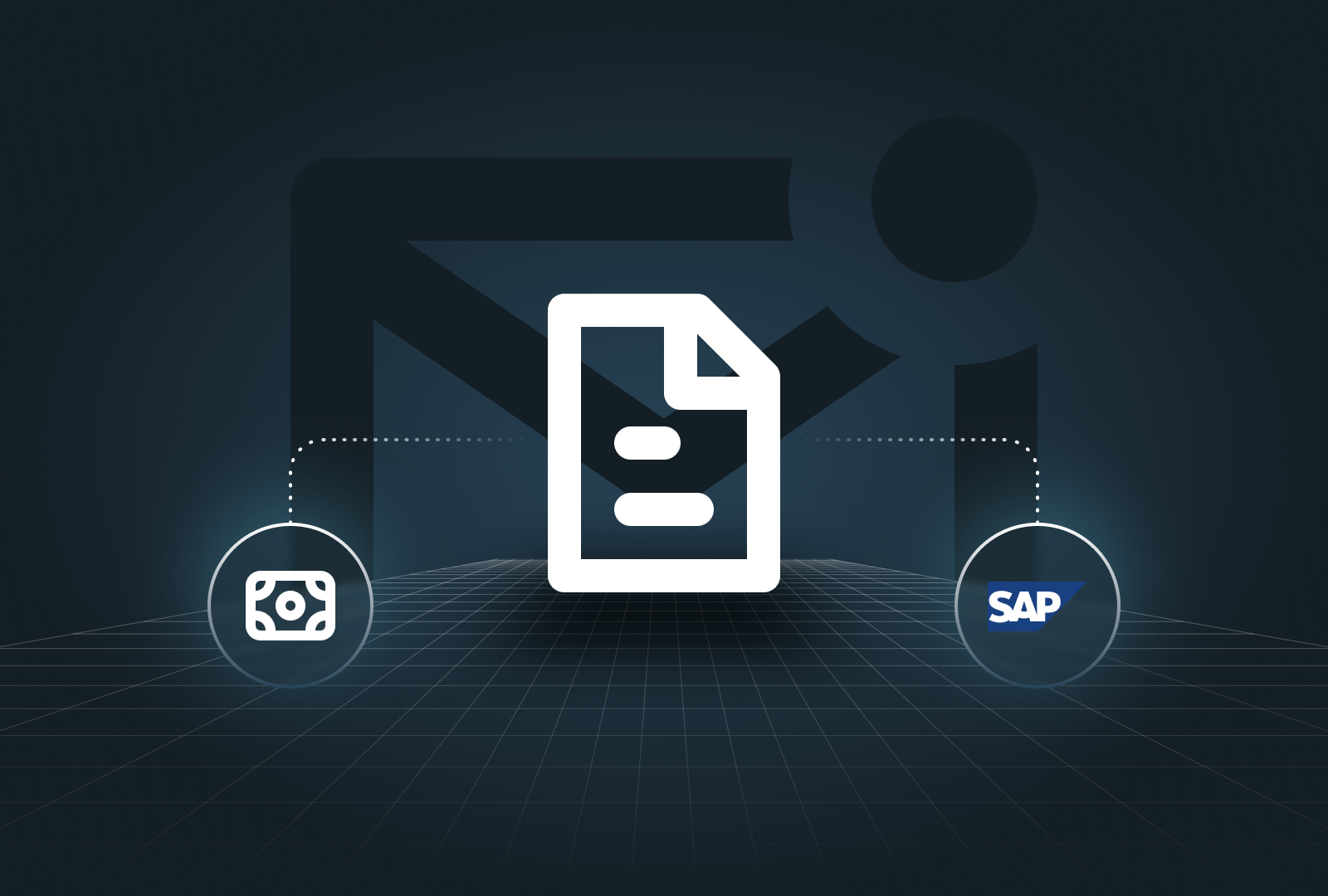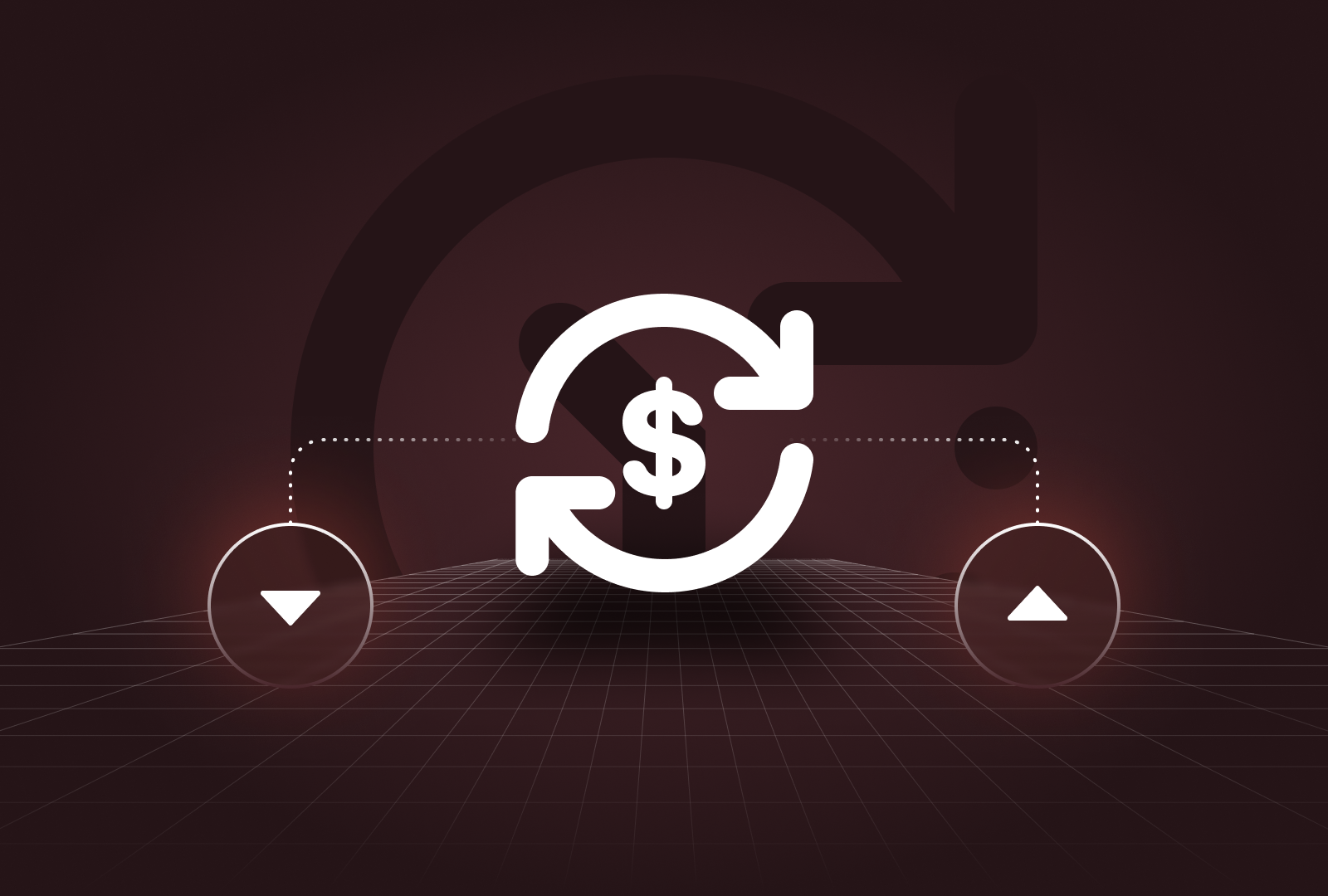Introduction
Effective procurement is crucial for any organisation looking to optimise costs and ensure efficient use of resources.
One powerful tool in the procurement arsenal is the Spend Cube, a multidimensional analysis framework that offers deep insights into your procurement landscape.
- What are you buying? Dive into the details of your spend to understand the types of goods and services you’re purchasing. This dimension helps you analyse your spending habits, enabling you to make well-informed decisions about your product and service acquisitions.
- Which department are you buying for? Explore the spending patterns across different departments within your organisation. This aspect provides insight into each division’s unique needs and preferences, helping you optimise resource allocation and enhance cross-departmental collaboration.
- What is the spend with different suppliers? Examine your transactions with various suppliers to reveal the volume and value of your engagements. This dimension helps you assess supplier relationships, negotiate better terms, and identify opportunities for cost savings.
A Spend Cube analysis involves key steps such as data collection, consolidation, and transformation. It also includes classifying suppliers and expenditures to organise the information effectively. This guide provides a step-by-step approach to creating and using the Spend Cube method in your procurement processes.
Step 1: Define your objectives
Before diving into the data, it’s essential to understand what you want to achieve with the Spend Cube analysis.
Common objectives include:
- Identifying Cost-Saving Opportunities: Analysing spending patterns to uncover areas where costs can be reduced, such as negotiating better terms with suppliers or consolidating purchases.
- Improving Supplier Management: Evaluating supplier performance and spending to strengthen relationships, optimise contract negotiations, and ensure you are getting the best value from suppliers.
- Enhancing Compliance with the Procurement Policy: Ensuring that all purchasing activities align with established procurement processes, thereby reducing the risk of unauthorised spending and improving adherence to internal controls.
- Streamlining Procurement Processes: Analysing procurement data to identify inefficiencies and bottlenecks in the process, allowing for improvements that can lead to faster and more effective procurement operations.
Having a clear definition of objectives will guide your data collection and analysis efforts.
Step 2: Collect and consolidate your data
Once you have defined your objectives, the next step is to gather all relevant spending data across the entire company. Sources of data typically include:
- Procurement Systems
- Accounts Payable Systems
- Expense Reports
- Supplier Invoices
Ensure that your data is complete and accurate to build the best possible analysis, and consolidate the data into a central database to facilitate easier analysis.
Step 3: Clean and normalise your data
Data from different sources may often be inconsistent or incomplete. However, to obtain a valuable spend analysis, you need to clean and normalise the data. This process involves:
- Removing Duplicates: Identifying and eliminating any duplicate entries to ensure that each transaction or record is counted only once
- Standardising Supplier Names: Ensuring that supplier names are consistent across all records to avoid confusion and ensure accurate analysis
- Categorising Products and Services Uniformly: Applying consistent categories to products and services so that similar items are grouped together, facilitating more accurate analysis
- Ensuring Consistent Date Formats: Standardising date formats across all records to avoid discrepancies and ensure accurate time-based analysis
Step 4: Identify key dimensions and measures
You have now collected all the relevant data and are almost ready to build your Spend Cube. The Spend Cube analysis relies on various dimensions and measures, so you need to define and identify these for your analysis.
Dimensions:
- Supplier: Names of suppliers from whom purchases are made
- Category: Types of products or services purchased
- Time: When purchases were made (e.g., by month, quarter, or year)
- Business Unit: Internal departments or units making the purchases
Measures:
- Total Spend: Total amount of money spent
- Number of Transactions: Count of individual purchase transactions
- Average Transaction Value: Average value of each purchase
- Savings: Cost reductions achieved
Step 5: Build the Spend Cube
You've finally reached the crucial and long-awaited stage! Using a data analysis tool or software (such as Excel, Power BI, or a specific procurement analytics tools), you can now create your Spend Cube by organising the data into the identified dimensions and measures.

The three dimensions of a procurement spend cube are Suppliers, Corporate Business Units, and Item Categories.
- Who? - the business units that you are buying for
- What? - the category of item or service that you are buying
- Where? - the suppliers you are buying from
The goal of the Spend Cube is to illustrate who purchased what items and from which suppliers.
Step 6: Analyse the data
With your Spend Cube in place, you can now perform multidimensional analysis to gain insights:
- Slice and Dice: Examine spending data from different perspectives by adjusting dimensions. For example, view total spend by supplier, then by category, and then by business unit.
- Drill Down: Go deeper into the data to understand specifics. For instance, if a category shows high spend, drill down to see which suppliers are contributing most to this spend.
- Trend Analysis: Use the time dimension to identify trends over periods. Look for patterns such as seasonal spikes in spending.
More specifically, here are some types of Spend Cube analyses you can perform:
- Spend by Category/Item Analysis: Categorises spending by product or service types to identify major expense areas and cost-saving opportunities.
- Spend by Supplier Analysis: Examines spending by supplier to evaluate performance, negotiate better contracts, and consolidate purchases for discounts.
- Spend by Department/Division/Location: Breaks down spending by different parts of your organisation to spot high or inefficient spending areas for better resource allocation.
- Maverick Spend Analysis: Identifies unauthorised or uncontrolled purchases to improve compliance with procurement processes.
- Spend Trend Analysis: Reviews spending patterns over time to identify trends, spikes, or anomalies affecting budget planning.
- Supplier Performance Analysis: Evaluates suppliers based on metrics like delivery times and product quality to make informed decisions about supplier relationships.
- Spend Optimisation Analysis: Seeks cost-saving opportunities and efficiency improvements by analyzing spending patterns and supplier relationships.
- Budget vs. Actual Spend Analysis: Compares budgeted vs. actual spending to identify deviations and improve financial planning.
- Contract Compliance Analysis: Ensures purchases comply with contract terms to avoid additional costs or legal issues.
Each Spend Cube analysis helps you understand your spending habits and improve your procurement process for greater efficiency and cost savings.
Step 7: Identify opportunities and take action
Based on your precedent analysis, you are now able to identify opportunities and improve your overall procurement processes:
- Cost Savings: Look for bulk purchase opportunities, renegotiate contracts, or consolidate suppliers.
- Supplier Management: Assess supplier performance and identify those who provide the best value.
- Process Improvement: Streamline procurement processes by identifying and eliminating inefficiencies.
Step 8: Monitor and update you data regularly
A spend cube is not a one-time exercise.
Regularly update your spend data and review the Spend Cube to monitor ongoing performance and identify new opportunities. Periodic reviews ensure that you stay on top of trends and can quickly adapt to changes.
Conclusion
Creating and utilising a Spend Cube in procurement provides a powerful way to gain deep insights into your organisation’s spending patterns.
By following these steps, you can systematically collect, organiSe, and analyse your spending data, leading to more informed decisions, cost savings, and improved procurement efficiency. Start building your Spend Cube today to unlock the full potential of your procurement strategy.





.png)
.png)





.png)



